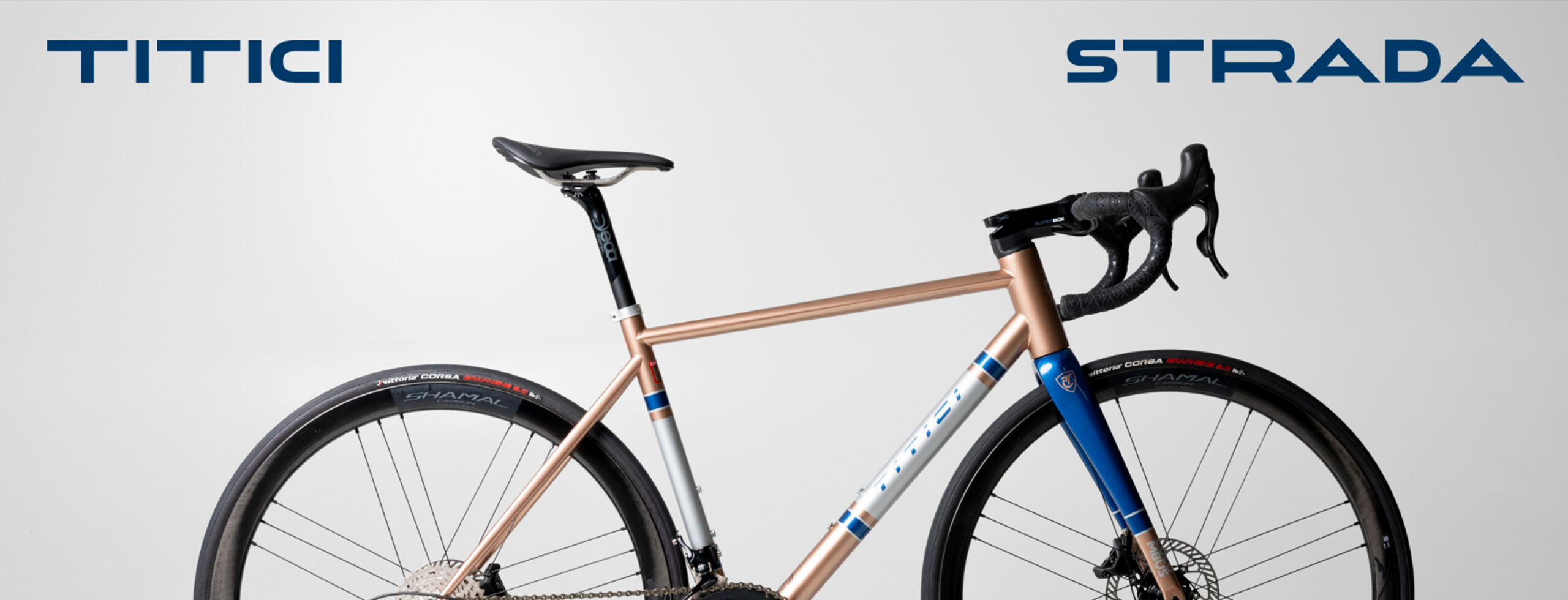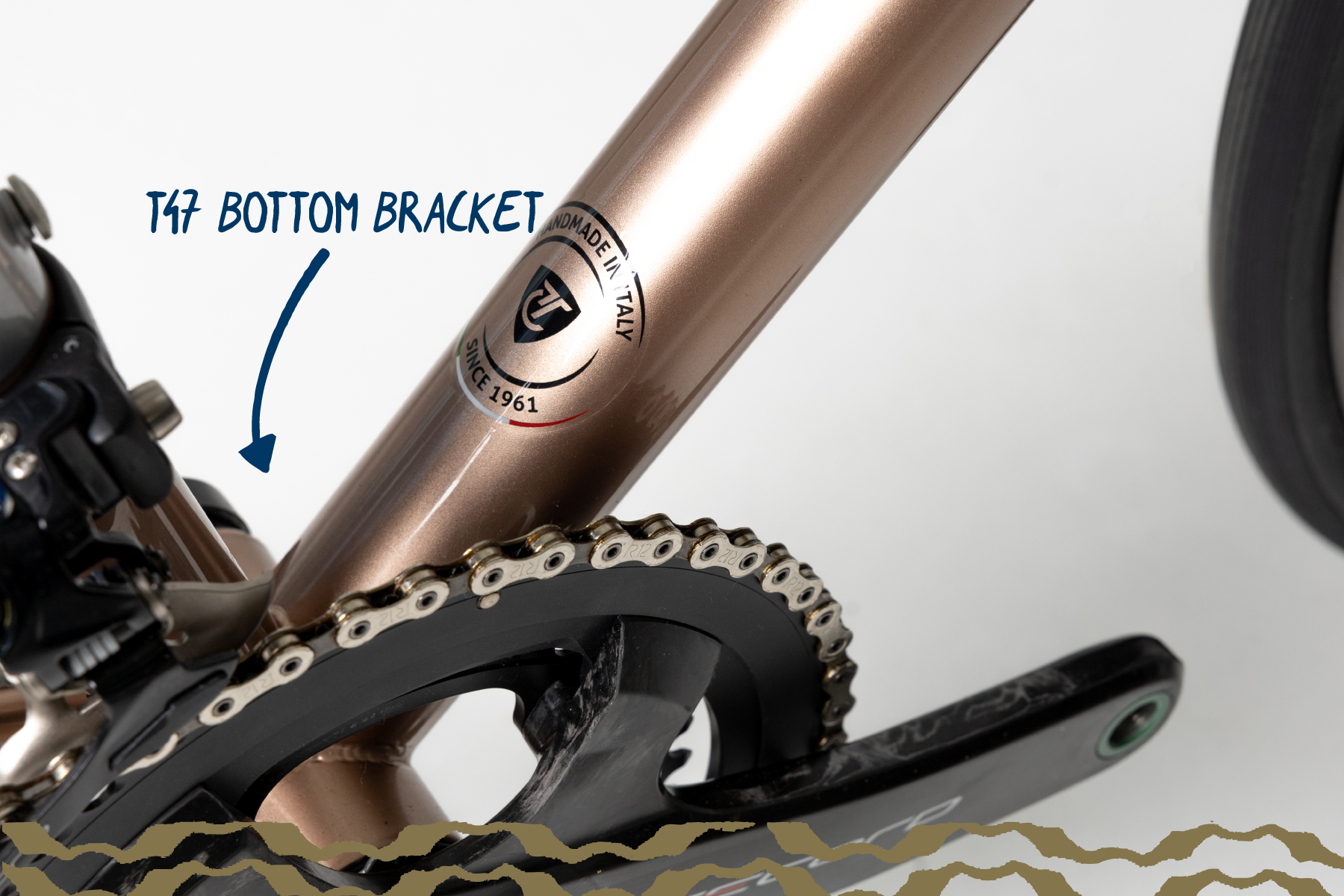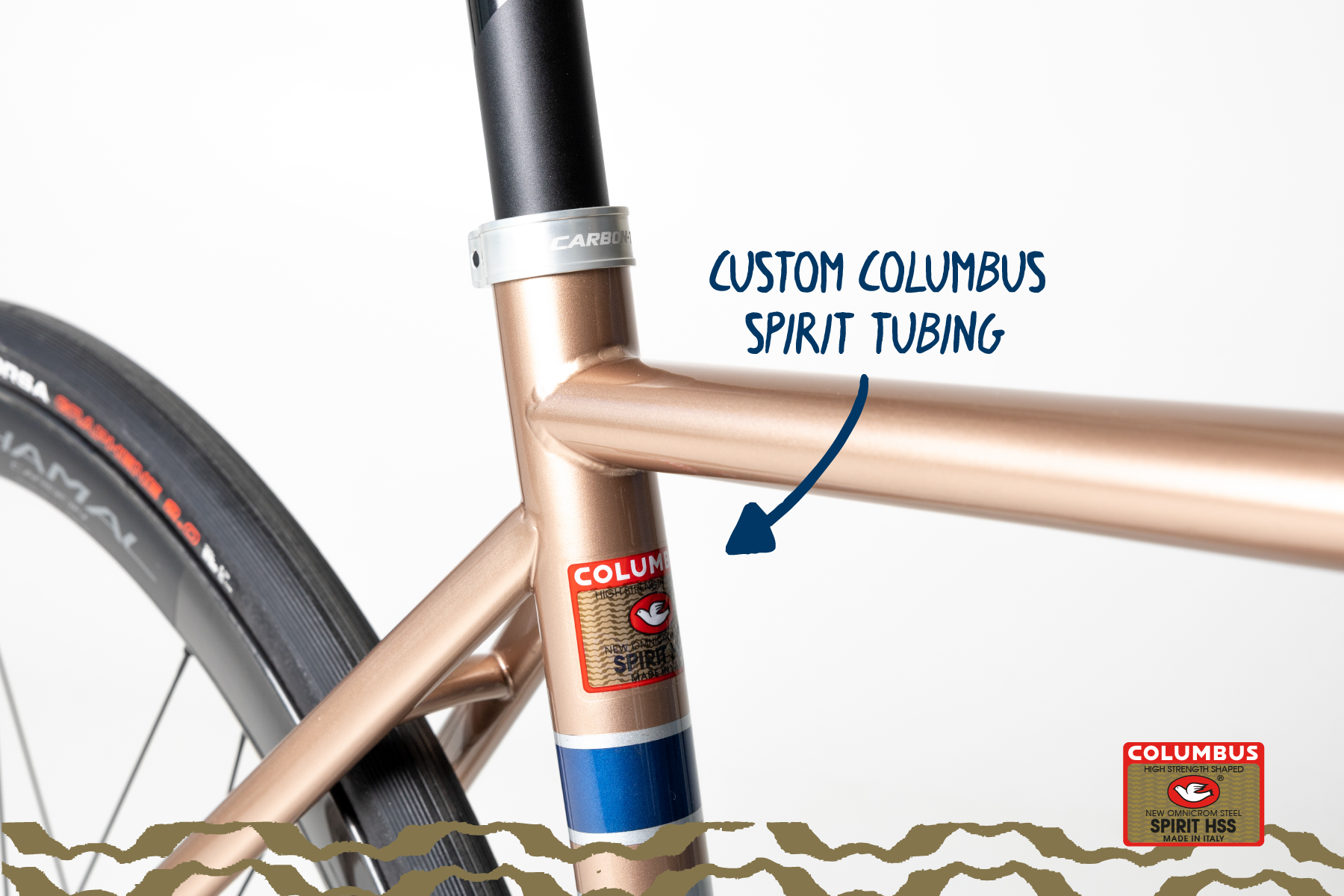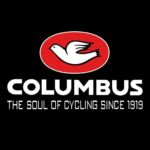We are back with a new episode of Heart of Metal.
This time we interview Matteo Pedrazzani, TITICI Product Manager.
Ciao Matteo, thanks for your time, can you tell us something about Titici’s story?
Ciao! Yes, of course. Titici was founded as Tecno Telai Ciclo in 1961: my dad started welding steel tubes in that year in order to realize two main products: toys (strollers for dolls) and handlebars for children’s bicycles. Through the latter, he got in touch with the companies that made bicycles. So he went on producing frames for some brands in the Milan area, and before the MTB boom, the production was very much related to women’s bikes and BMX bikes and to a model of children’s bike that my father had patented, the Fuego with a particular suspension system given by the leaf spring of a truck. Bike that I recently retrieved from the Internet and have back with me. And this is the “pre-Columbian” story.
Then, with the real MTB boom, we went the way of mass production so by the end of the Eighties we were the first company in Italy to install the first robot-controlled welding station, and within 4 or 5 years there were as many as 22 welding stations, to take Tecno Telai Ciclo to a production of 4,500 frames in a day!
Impressing, and for which market?
National, as far as our end customer was concerned even though it was actually European. In 1992/93 we produced one million frames. Where Europe accounted for about 10 percent and that was the epic of the Tecno Telai Ciclo for frame production. My father never had the brand aspiration with his name, so he doesn’t have a name to remember, but we had a million Italians pedaling on it, to say nothing.
Of course, by then only a small portion of our production was made with Columbus tubing, while many braze-on forks were from Columbus. Even my mom in those years went to the robot-controlled welding station. The early 1980s were an important period for fork brazing. Finally, at some point in the 1990s, we started mass production of private labels.
In the ‘current era’, when did you start using Columbus tubing again?
When the Far East production of steel and alloy frame came along, it destroyed us commercially so in the early 2000s, we decided to move the production of frames from steel to focus on carbon fiber, made in Italy, under the name Titici. It was 2002. The brand developed mainly in the MTB segment, and, thanks to the advent of the 29″, we were the first brand in Italy to build the 29″ MTB carbon frame.
In 2017, we decided to bring Titici inside the Trerè Innovation, a world leader company in textile production, based a few kilometers far from our company, who shared with us the ideals of innovation and production in Italy.
Therefore Titici decided to lead a development project that would combine heritage with some innovative details, aspects that come together in our current steel frame proposal. Starting from 2019/20, we worked with Columbus people, in order to realize a special tubing set to meet our PAT design in carbon fiber.
What is it all about?
The Progetto Sessanta is the result of two years of development and work between the TITICI engineers and the Columbus technicians, to produce special exclusively designed tubes, based on our PAT top tube. PAT stands for Plate Absorber Technology, the patent that allows us to make a specially shaped horizontal tube that tapers off to become a single sheet of carbon. The result is amazing. Vibration is reduced by up to 18%, for greater comfort and safety. All without altering the rigidity required to ensure reactivity and racing performance. After two years of tests and changes it was finally born the PAT.P, the steel version of our famous PAT and we decided to apply this new tubing in the new Progetto Sessanta: two steel frames Strada (road) and Sterrato (gravel) models. There we want to carry on the history and innovation of Titici in a modern way.
And what tubing set do you use to produce the Strada frame?
We use triple butted Columbus Spirit HSS, custom-made for Titici. In addition to the top tube, there is additional machining on the seat stays and we have adopted the oversized head tube for internal cable routing and to give the model a modern look and feel.
Is this the first time you have used this set of tubing?
Strada and Sterrato are the two first steel models, embodying the Progetto Sessanta project.
So could you tell us more about your steel road model, Strada?
The focus of the narrative of this Strada frame falls on the horizontal tube, and the idea was that of bringing the very same look across our whole range and to our steel project as well. Beyond the ‘press crush’, this is the result of the great collaboration between Columbus and Titici, as we managed to get a particularly flattened horizontal tube with a thin profile and a peculiar shape that makes it unique and distinctive of the brand. Even when faced with ‘small’ quantities Columbus gives us the opportunity to find the best solution for our needs and customers.
So, in detail, the top tube presents the classic TITICI shape of the PAT (Plate Absorber Technology) system used on carbon frames, which in the case of steel is completed in PAT.P (Plate Absorber Technology Pressed). The flat and thin shape of the flattened tube helps to reduce vibrations without compromising the stiffness and frame performance.
The frame keeps a classic flavor, but with modern technologies; internal cable routing, disc brakes, horizontal tube made with the PAT.P system, which make it suitable for a demanding and expert cyclist looking for performance, but with an eye toward comfort, riding pleasure and confidence, which only steel can deliver.
The oversized head tube (the section measures 1 1/2″ instead of the traditional 1 1/8″) allows for internal cable routing with a clear and aero design, offering stability and steering precision, even in the most demanding sections.
The T47 bottom bracket is now a needed standard for internal routing and best tightening.
The seat stays welded under the PAT.P horizontal tube to obtain a rear end with a compact triangle, which makes the frame rigid and agile, improving performance and energy transmission.
Who is the ‘typical’ customer of the Sessanta Titici project?
One of Titici’s slogans in the 2000s was ‘don’t follow the mass, overcome it.’ The customer embraces this philosophy, is very attentive to customization, from geometry to color, and looks for a frame that deviates from the canonical ones even in technical choices, such as the distinctive and functional horizontal flexi tube. He or she is an attentive and knowledgeable customer.
And which are your main markets?
Germany, Austria, Belgium, Netherlands Switzerland, Czech Republic, and now new markets such as Israel, Korea, Australia and we are expanding as mentioned before our world wide distribution.
So, as a conclusion, how would you define Columbus tubing in three words?
Value. To talk about Columbus is to talk about value.
History, of innovation.
Quality, the unique quality that allows us to generate a better product.












